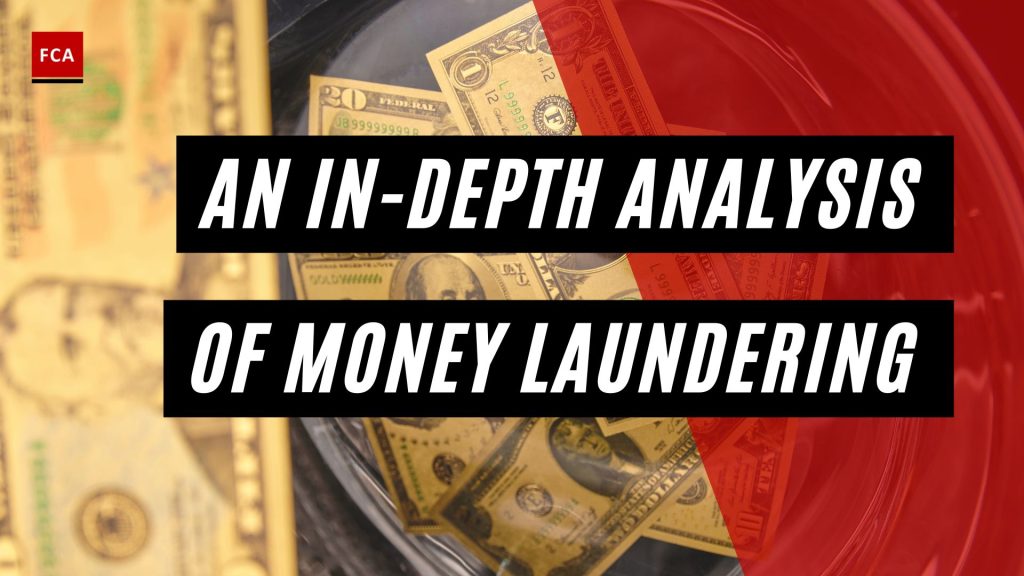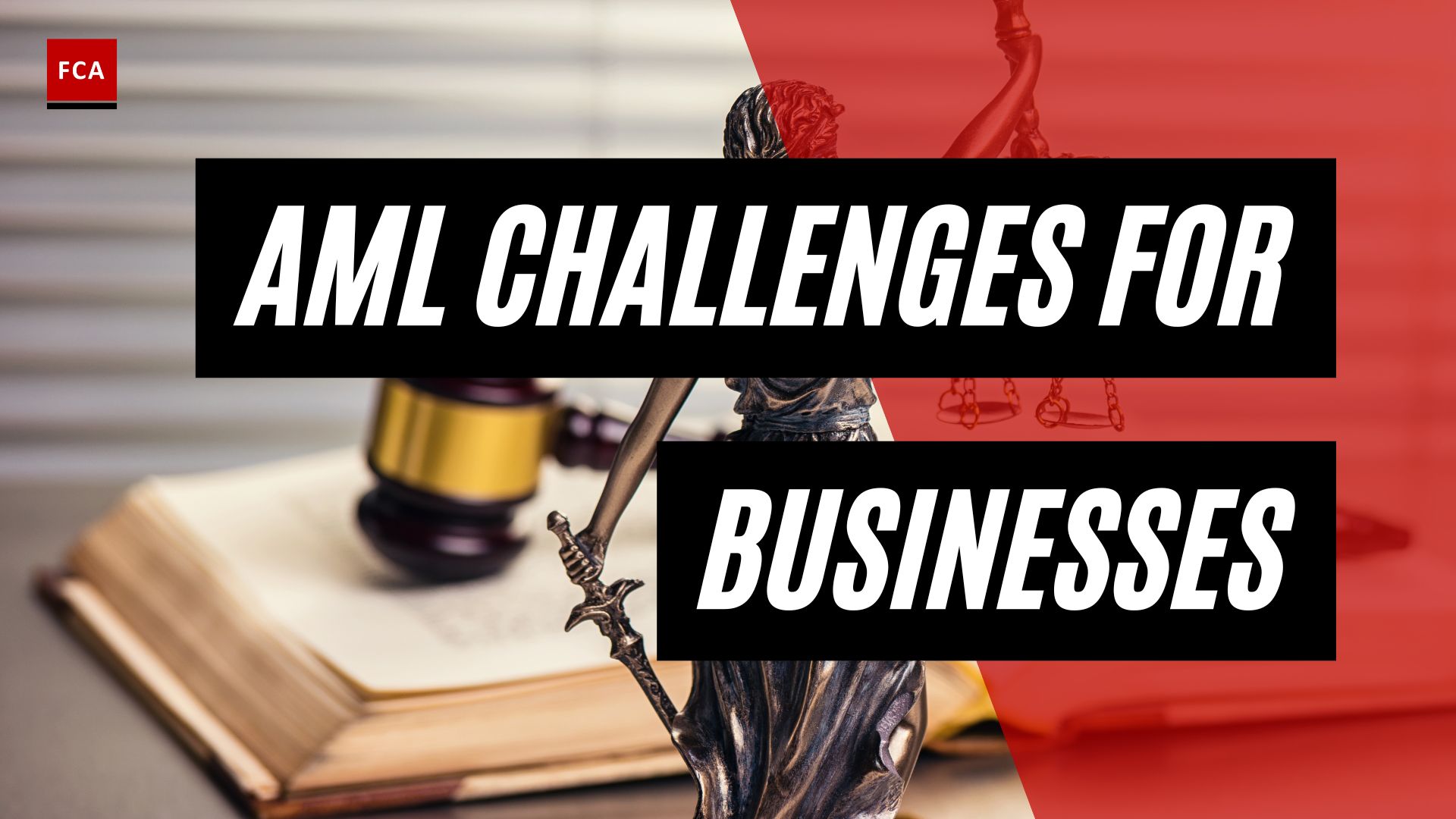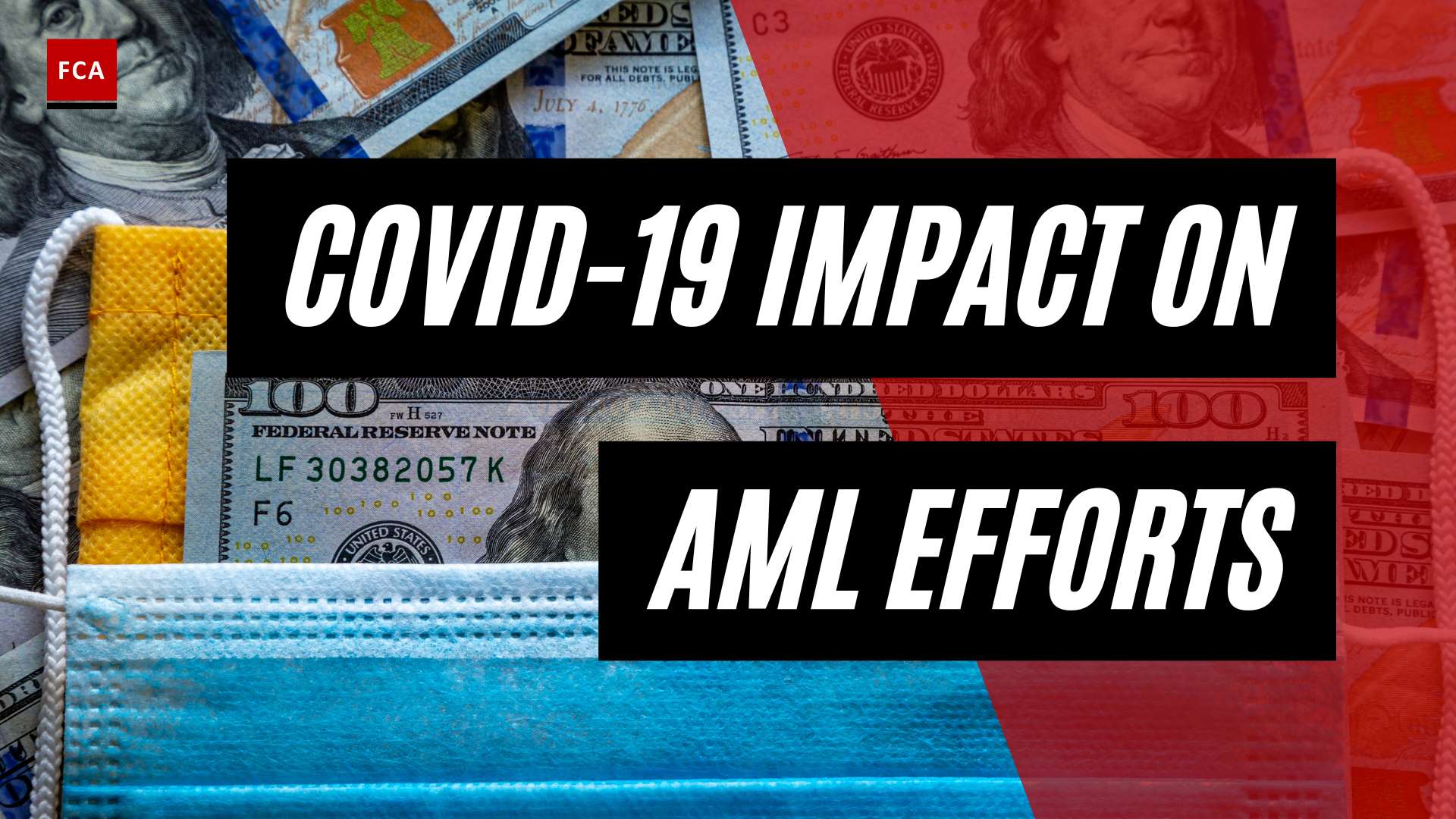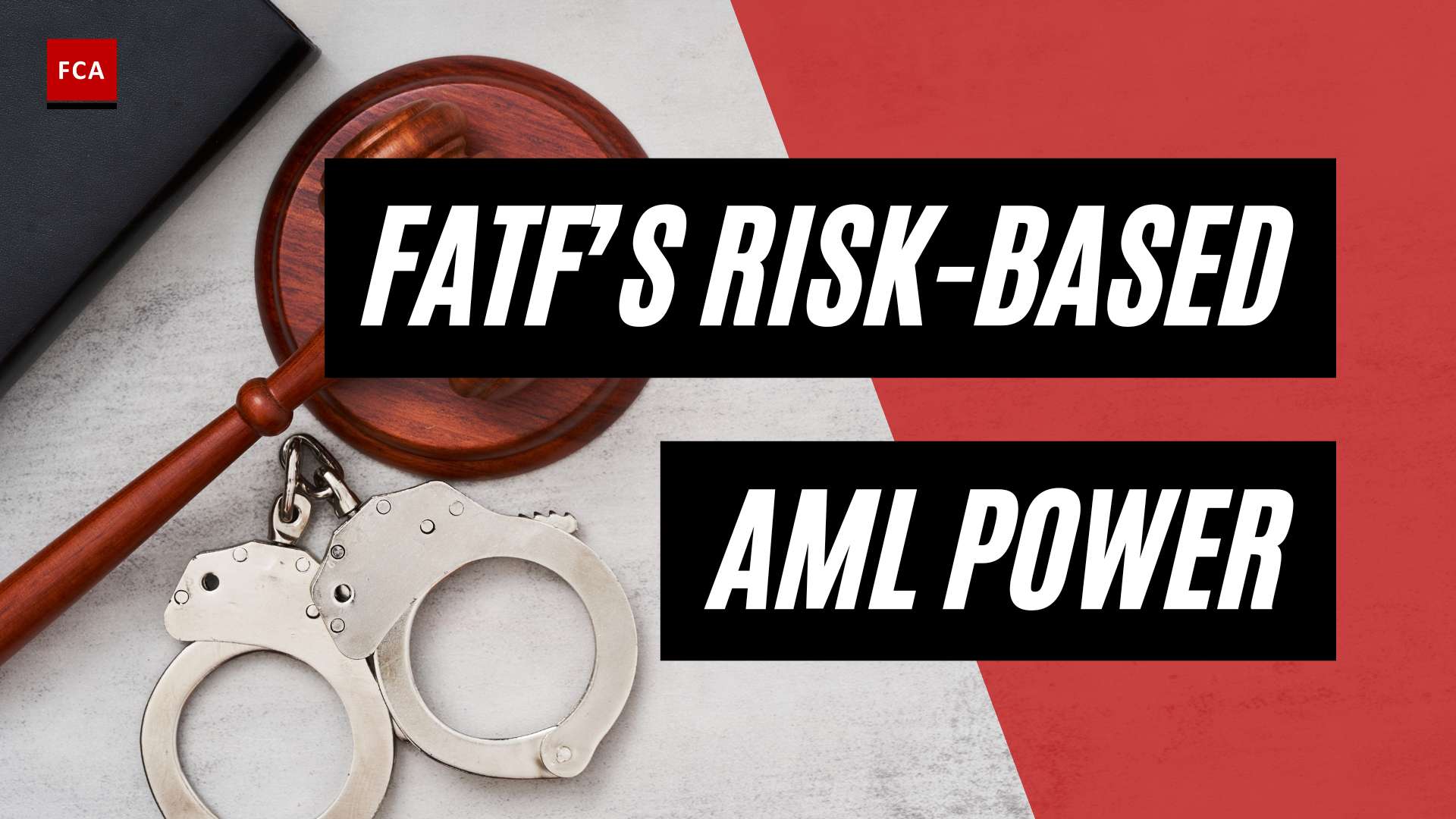An in-depth analysis of money laundering reveals the profound complexities and intricate mechanisms criminals use to disguise illicit proceeds, thereby emphasizing the need for stronger global cooperation and stricter regulatory measures to effectively combat this pervasive financial crime.
Money laundering is the process of making illegally obtained funds appear legal or legitimate by routing them through a series of transactions or financial activities. The term “money laundering” is derived from the fact that the illegal proceeds are “cleaned” or “washed” so that they appear to have originated from legitimate sources.
The illegal funds are typically generated through criminal activities such as drug trafficking, embezzlement, or fraud. In order to conceal the true source of these funds, money launderers will often use a complex web of financial transactions, shell companies, and other tactics to make the funds appear to be legitimate income or profits.

An In-depth Analysis of Money Laundering
The term money laundering describes the activity of concealing or disguising the identity of illegally obtained proceeds. This activity aims to make the illegally obtained proceeds appear to have originated from legitimate sources.
The precise definition of money laundering varies slightly in each country where it is recognized in criminal law. It varies according to relevant organizations and standard-setting bodies.
Money laundering is the processing of criminal proceeds to disguise their illegal origin. Money laundering enables criminals to enjoy profits and funds without jeopardizing their source. When a criminal activity generates substantial profits, the individual or group involved must find a way to control the funds without attracting attention to the underlying activity or the persons involved. Criminals do this by disguising the sources, changing the form, or moving the funds to a place where they are less likely to attract attention.
When criminals derive funds from illegal activities, the money must be disguised before it can be introduced into the legitimate financial system. Money laundering is the illegal process of disguising the profits of financial crime, typically by using the services of banks and businesses. Criminals transfer their illegal funds from one place to another through a country’s financial system, such as banking channels. The transfer of illegal money may be to support other criminals in various other jurisdictions or countries.
Criminal activity is usually undertaken to generate revenue or provide a benefit to those undertaking the activity. Organized groups undertake significant criminal activity, and laundering is the process of disguising the illegal origins and ownership of the criminal property to enable the criminals to use and enjoy it without jeopardizing themselves or attracting unwelcome attention, such as from law enforcement. The main purpose of money laundering is to take advantage of criminal activities. Money laundering is the result of almost all profitable crimes.
To give you a few examples of different definitions of money laundering, the German Criminal Code keeps it rather simple and describes money laundering as “concealing unlawfully acquired assets.”

Common between all definitions of money laundering is that they contain two key elements:
- Funds or assets that were obtained through criminal or illegal activities
- Disguising the illegal origin of these funds are assets
For the first element, therefore, it is necessary to conduct a crime first and make money from it. These crimes that build the basis for money laundering are called predicate offenses.
Predicate offenses vary in each country and are usually codified in a country’s criminal code. Exemplary predicate offenses may include narcotrafficking, tax evasion, murder, grievous bodily harm, corruption, fraud, smuggling, human trafficking, illegal wildlife trafficking, and forgery. If one conducts such a predicate offense, makes money from it, and tries to hide the illegal origin of the funds, this makes for money laundering.
Predicate offenses in ML refer to a crime component of a larger crime. In a financial context, the predicate offense would be any crime that generates monetary proceeds. The larger crime would be money laundering or financing of terrorism. A predicate offense is a crime that is a component of a more serious crime. For example, producing unlawful funds is the primary offense, and money laundering is the predicate offense.
In money laundering, a predicate offense that generates funds or assets is required as an entry condition. Predicate offenses vary in each country and are usually codified in a country’s criminal code. Since 2004, the FATF has updated the 40 Recommendations to expand the list of predicate offenses. Financial intelligence units in the European Union and the United States have created legislation to mirror or expand these offenses.
In the United States, these offenses were initially created by the Bank Secrecy Act of 1970. Then, it was expanded by the USA Patriot Act of 2001. With the passage of the 6th EU Money Laundering Directive, the European Union has adopted a standard set of predicate offenses to mitigate loopholes in member-state AML legislation. In the European Union, for example, the so-called sixth European Union AML Directive defines and standardizes 22 such offenses for money laundering in all its member states.

Final Thoughts
Money laundering, with its convoluted financial transactions and manipulation of illicit funds, poses a significant threat to global economies and societal security. By understanding its intricate mechanics, associated predicate offenses, and the legislative measures instituted to combat it, we can better equip ourselves to identify and counter this perilous activity. Constant vigilance, international cooperation, and progressive improvements in legislative and regulatory frameworks will remain crucial in our collective efforts to eradicate this complex form of financial crime.








